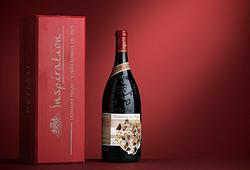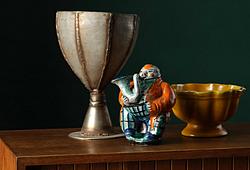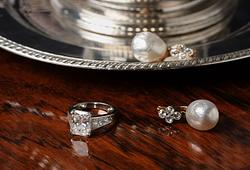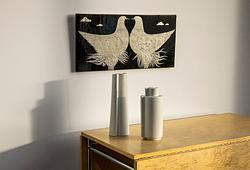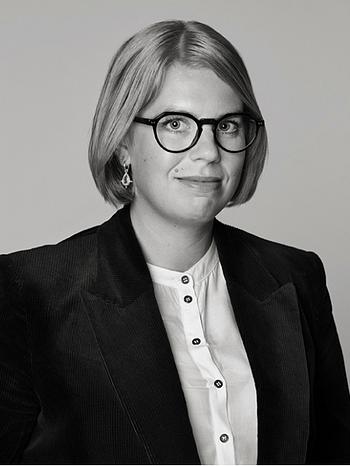Henri Matisse
"Buste de Femme, le bras droit leve"
Pen and ink on paper, stamped with initials HM. Executed in Thaiti 1930. 24.7 x 32.4 cm. Recorded as number T83 in the Matisse archives. Bukowskis thank Georges Matisse for confirmation of the work. A letter of confirmation will be sent to the new owner after the sale.
Alkuperä - Provenienssi
Connaught Brown, London.
Private collection, acquired from the above in 1996.
Muut tiedot
'I finally discovered that 'likeness,' in a portrait, results from the contrast between the face of the model and other people’s faces – in fact, from its particular style of asymmetry. Every face has its own rhythm and it is this rhythm that creates likeness.' (Henri Matisse, Portraits, Monte-Carlo, 1954, p. 13)
Around 1930, Matisse went through an artistic crisis, dissatisfied with the conservative direction his art had taken. As a result, he traveled to Tahiti and the United States three times over the next three years. He spent less time at the easel and instead devoted more time to exploring book illustration, tapestries, and drawing. Matisse was following in the footsteps of his great inspiration Paul Gauguin, and during his trip chose to see all the surrounding islands that Gauguin had visited, including the Marquesas Islands where Gauguin had died. This was undoubtedly a trip to rejuvenate Matisse, much as the same islands had rejuvenated the art of Gauguin many years before.
Matisse travelled alone, but documented much of his trips with photographs and works on paper, and wrote home on a daily basis to his wife Amélie. Some of these works on paper and photographs would then become source material for oils painted in the following years.
The artist filled several sketchbooks in Tahiti, either outside, or when it became too hot, in his hotel rooms. He drew the furniture in his room, a number of self-portraits, the view from his room and one of his favorite motifs – female models.
Henri Matisse constantly returned to drawing, which was an important creative process in developing his artistry. Recurring motifs include portraits of women where he worked to reduce the number of lines to reach the ultimate contour without losing the model's character or personality.
"Buste de Femme, le bras droit leve" is executed during one of Matisse’s visits at Tahiti.




